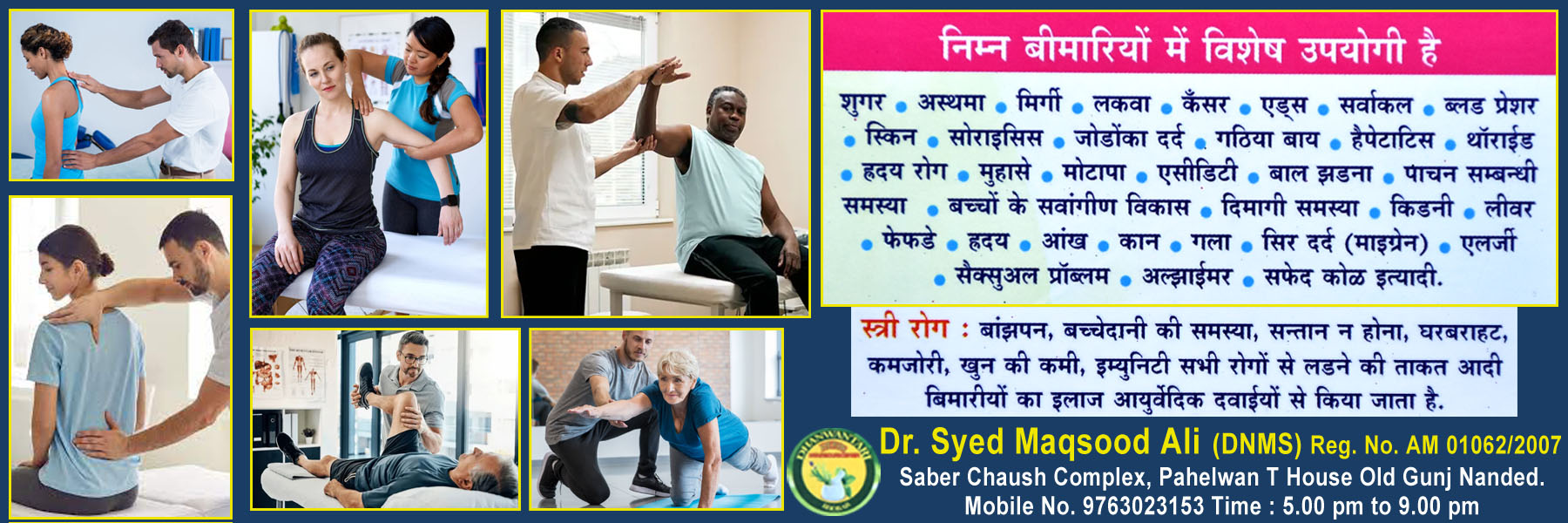What are Joints: A Comprehensive Guide to Recognizing Joint Framework as well as Feature
As indispensable components of our bone and joint system, joints play a critical role in making it possible for activity as well as sustaining our bodies. Understanding the framework as well as function of joints is essential for any person interested in anatomy, physiology, or preserving ideal health and wellness. This write-up intends to provide a comprehensive overview to joints, covering their meaning, kinds, parts, and common conditions.

Meaning and also Types of Joints
Joints, also known as articulations, are the points where 2 or even more bones collaborated. They permit bones to relocate relation per various other, offering adaptability and assisting in numerous movements.

There are three major types of joints:
- Synarthrosis: Also called stationary joints, synarthrosis joints permit little or no activity. Examples consist of the joints between the head bones.
- Amphiarthrosis: These joints allow restricted activity and also are identified as somewhat tonerin capsule minsan movable joints. An instance is the pubic symphysis joint located in between the pelvic bones.
- Diarthrosis: Diarthrosis joints are openly movable joints and also are the most usual key in the human body. They enable a wide range of activities and also are located in the limbs, such as the shoulder joint.
Diarthrosis joints are further categorized right into six subtypes based on their structure and also mobility:

- Ball and also Outlet Joint: These joints enable rotational and multi-axial movements, providing the best variety of motion. The hip and also shoulder joints are instances of round and socket joints.
- Hinge Joint: Hinge joints allow activity in just one plane, comparable to the opening as well as closing of a door. The knee and arm joint joints are categorized as joint joints.
- Pivot Joint: Pivot joints allow rotational activities around a main axis. The joint in between the radius and also ulna bones in the forearm is a pivot joint.
- Condyloid (Ellipsoid) Joint: These joints allow flexion, expansion, abduction, adduction, as well as circumduction motions. The joint in between the metacarpal bones and the phalanges in the fingers is a condyloid joint.
- Saddle Joint: Saddle joints allow motions comparable to condyloid joints yet with a better range. The joint in between the carpal and metacarpal bone of the thumb is a saddle joint.
- Sliding (Plane) Joint: Sliding joints assist in unguent depanten gliding activities in between flat surfaces. They can be located in the wrists and also ankles.
Components of Joints
A joint contains numerous components that collaborate to give security, stamina, as well as versatility. The primary parts of a joint consist of:
- Articular Cartilage material: This smooth, unsafe cartilage covers completions of bones where they satisfy at the joint. It minimizes friction and also absorbs shock during movement.
- Synovial Fluid: Synovial liquid is a thick, viscous fluid secreted by the synovial membrane layer lining the joint. It lubricates the joint, minimizing rubbing and also nourishing the articular cartilage.
- Synovial Membrane layer: The synovial membrane layer encloses the joint, forming a pill. It secretes synovial liquid and aids to nurture the articular cartilage material.
- Ligaments: Ligaments are bands of hard, coarse connective cells that connect bones to every other and also give security to the joint.
- Tendons: Tendons are solid cables of connective tissue that affix muscle mass to bones, permitting activity and stablizing of the joint.
- Bursae: Bursae are little fluid-filled sacs located between bones, ligaments, as well as tendons. They supply cushioning, decrease friction, and also help in smooth activity.
Typical Joint Conditions
Joints are vulnerable to different conditions and also injuries that can interfere with their typical feature. Some common joint conditions include:
- Osteoarthritis: This degenerative joint condition takes place when the safety cartilage wears down gradually, causing discomfort, stiffness, as well as minimized wheelchair.
- Rheumatoid Joint inflammation: Rheumatoid joint inflammation is an autoimmune illness that creates inflammation in the joints, leading to pain, swelling, and also defect.
- Strains: A strain refers to the stretching or tearing of ligaments surrounding a joint, commonly arising from unexpected turning or injury. It leads to pain, swelling, as well as instability.
- Bursitis: Bursitis is the swelling of the bursae, typically triggered by repetitive motions or too much pressure on the joints. It leads to pain, swelling, and also minimal variety of motion.
- Tendinitis: Tendinitis is the swelling or irritability of a ligament, commonly caused by repeated motions or overuse. It causes pain, inflammation, and also problem moving the impacted joint.
- Dislocation: A joint dislocation takes place when the bones in a joint are displaced of their typical settings. It creates extreme pain, swelling, and also loss of joint function.
Verdict
Joints are crucial frameworks that allow us to move, carry out daily tasks, and engage in physical exercise. Recognizing the various sorts of joints as well as their components assists us appreciate the complex systems that enable our bodies to maintain mobility and flexibility. It is necessary to take care of our joints with proper nutrition, normal exercise, and by avoiding excessive stress factors to decrease the threat of joint-related conditions and injuries.
